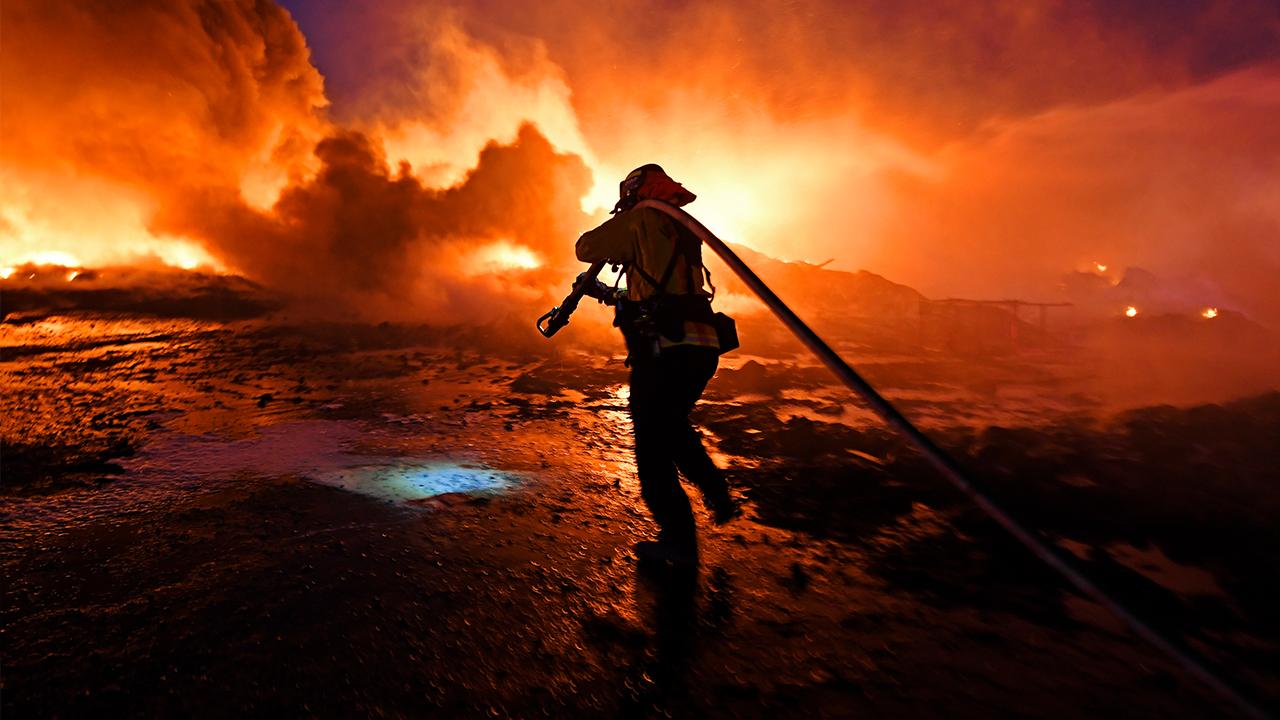PG&E buyout campaign gains traction
California mayors want to purchase the utility and reinvest profits into the network
The campaign to transform PG&E is gaining support in fire-stricken California.
More than a dozen California mayors have joined San Jose Mayor Sam Liccardo in proposing a buyout of the investor-owned electricity and gas network. The buyout plan would transform the energy provider into a "giant customer-owned cooperative," according to the Wall Street Journal.
Stocks In This Article:
Should the buyout take place as proposed, PG&E's profits would be reinvested in its gas and electric networks instead of paid out in shareholder dividends, which the company suspended in 2017. In April, a federal judge restricted the company from resuming dividend payments until it improves its safety practices, calling the PG&E's efforts to prevent trees from hitting power lines "dismal," according to the Associated Press.
Trump renews threat to cut wildfire aid to California
Stiff opposition is expected from PG&E’s holding company, which has opposed previous attempts to purchase any part of its largest subsidiary. A $2.5 billion offer from the City of San Francisco for the portion of PG&E’s electric network within the city limits was rejected last month, according to public media radio station KQED.
PG&E filed for Chapter 11 bankruptcy in January citing massive liabilities incurred by devastating wildfires in 2017 and 2018. The company has been widely criticized for its “culture of ineptitude" by Newsom. PG&E previously filed for Chapter 11 in 2001.
Southern California's Maria wildfire that began near power line 50 percent contained
In a statement last week, Newsom stressed the importance of PG&E quickly emerging from bankruptcy. However, Newsom made it clear the California government has no problem getting involved in the company’s reorganization should proceedings fail to make significant progress.
“If the parties fail to reach an agreement quickly to begin this process of transformation, the state will not hesitate to step in and restructure the utility,” he said.
In October, the company turned off the lights in several fire-prone regions of the state, affecting nearly 2 million homes in an attempt to curb more wildfires being sparked — and liabilities incurred — by its equipment.


